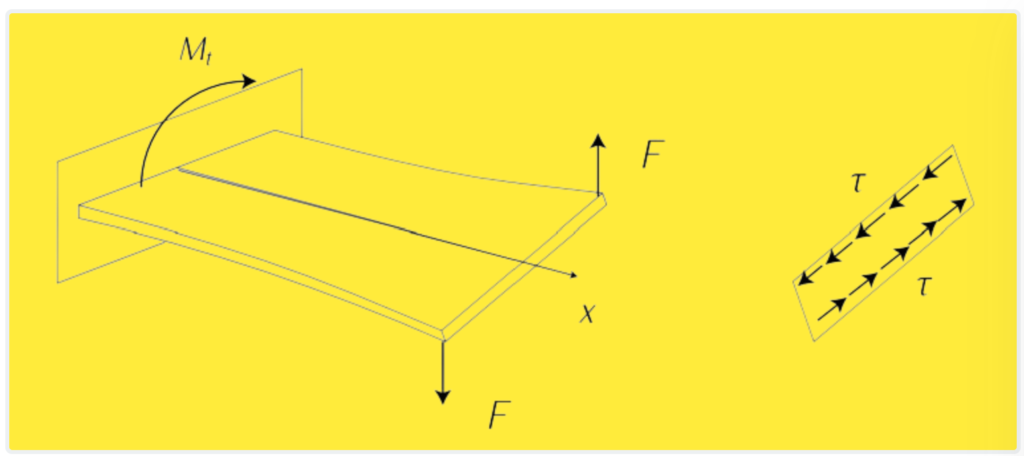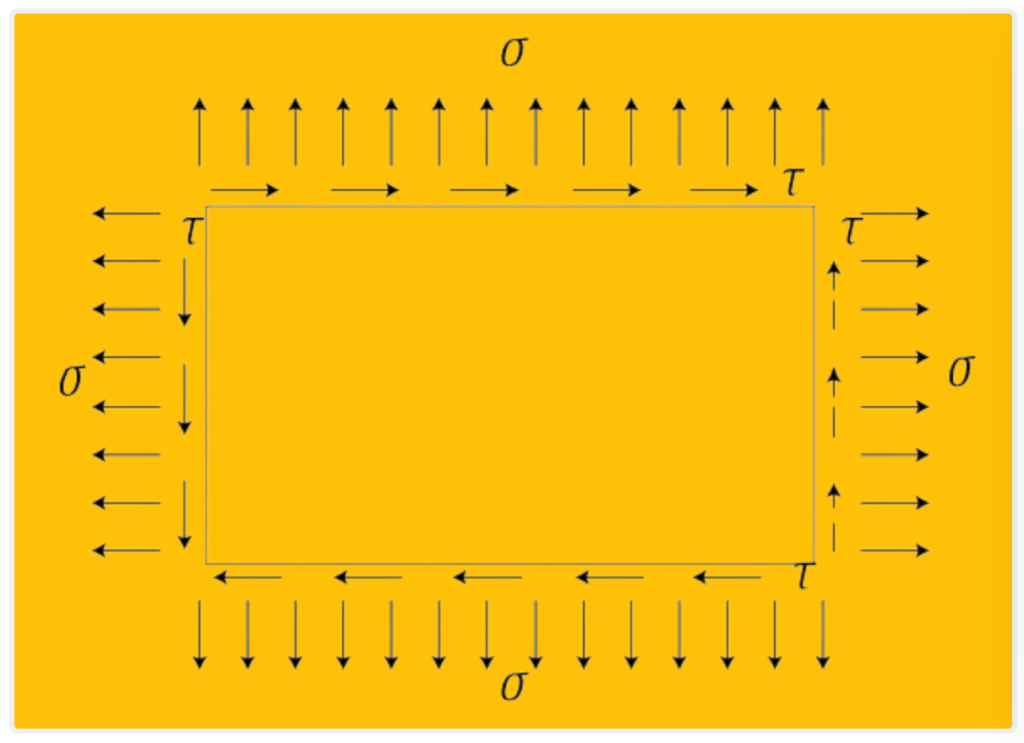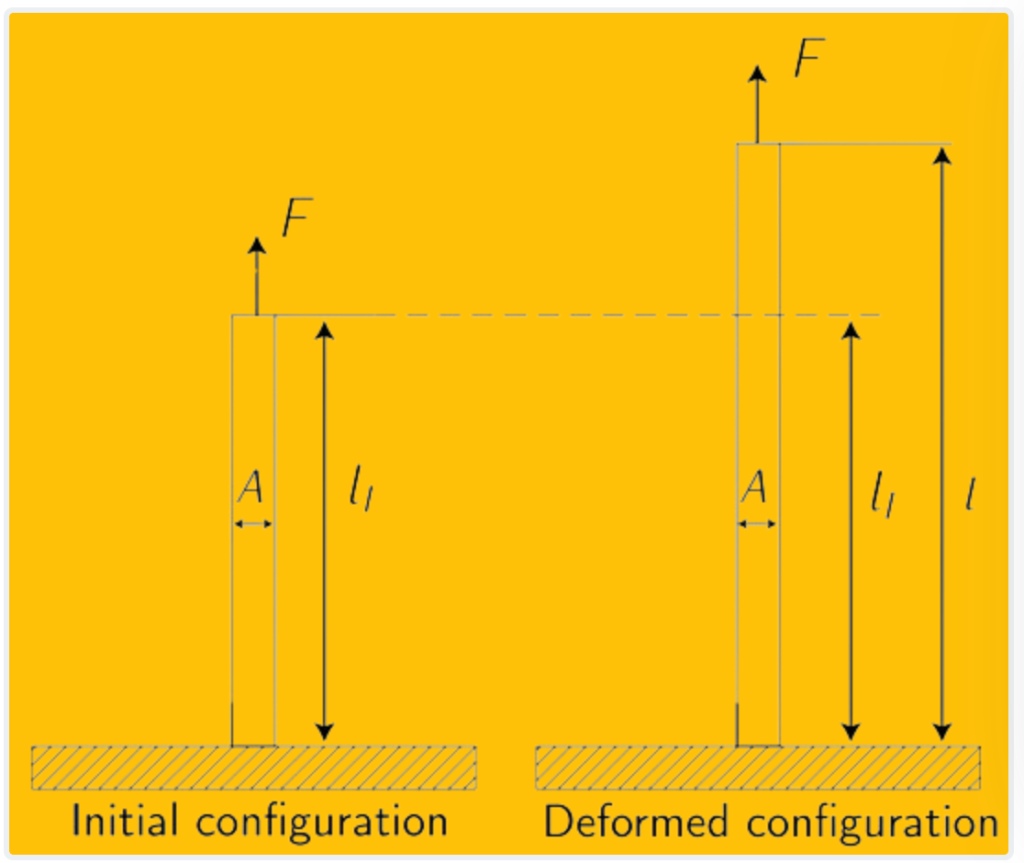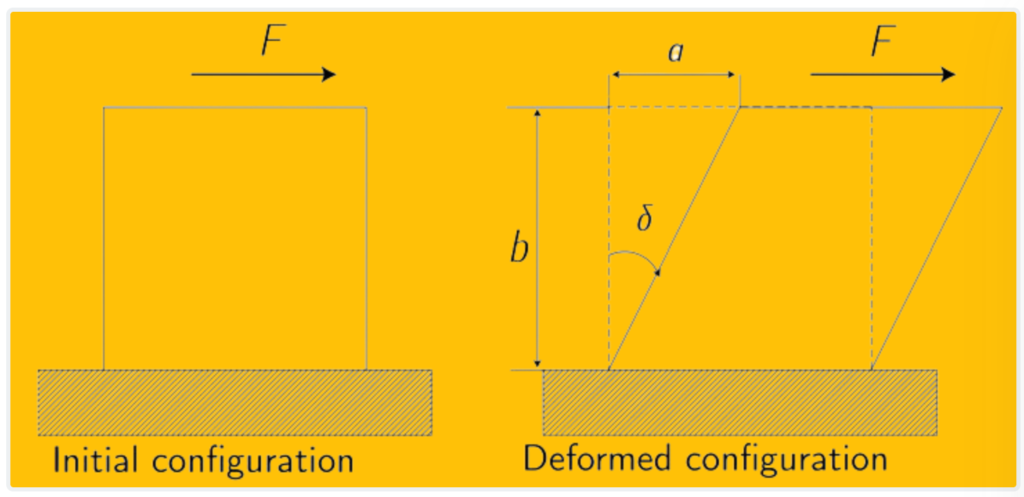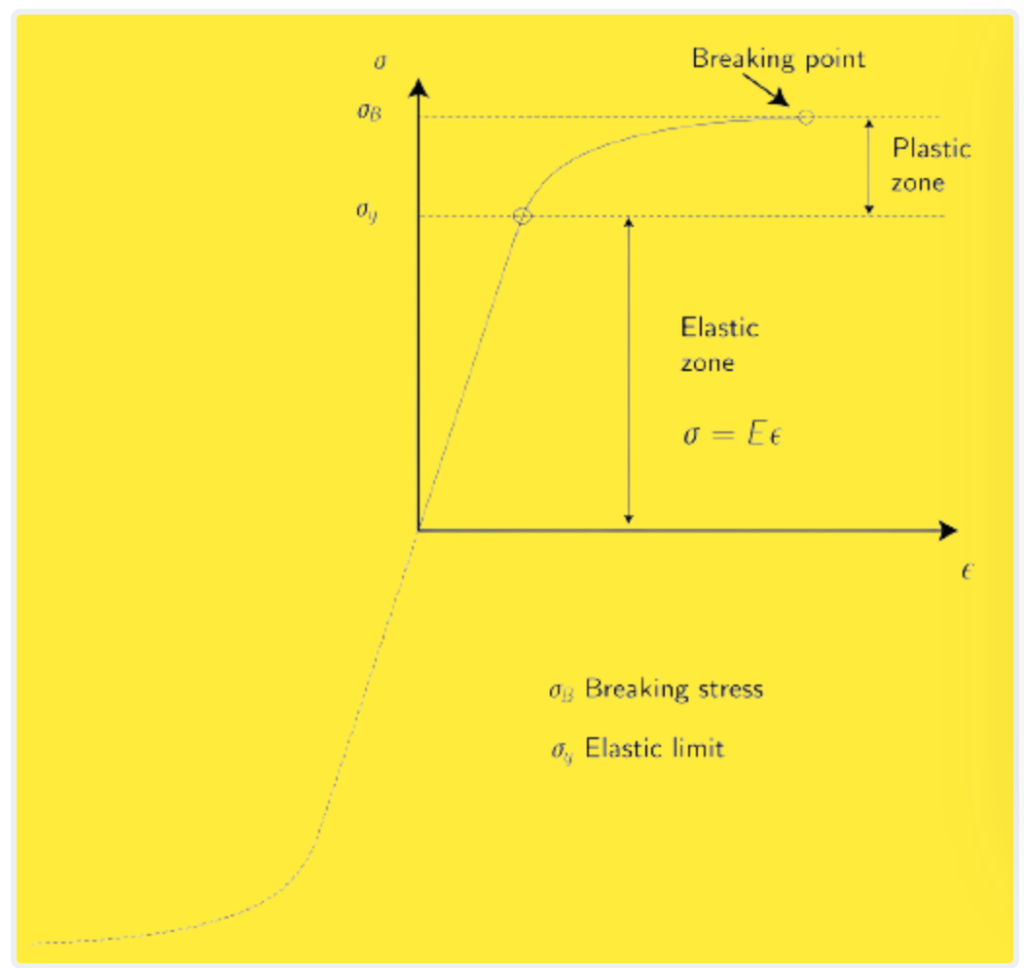Aircraft structures form the backbone of aviation, providing the necessary strength, stability, and aerodynamic efficiency for safe and efficient flight. From the early days of aviation to the modern era of supersonic jets and unmanned aerial vehicles, the design and construction of aircraft structures have evolved significantly. This article delves into the fundamental aspects of aircraft structures, exploring their materials, design principles, and key components.
Understanding Aircraft Structures
Aircraft Structures play a vital role in the world of engineering, holding things together, bearing loads, and ensuring integrity. In the realm of aerospace engineering, where weight is a critical factor, designing structures with optimal strength, stiffness, and durability is paramount. This chapter provides an overview of aircraft structures, covering material properties, loads, and fundamental components essential for safe and efficient flight.
Generalities of Aircraft Structures:
- Definition of aircraft structures and their importance in aerospace engineering.
- Overview of the primary functions of aircraft structures, including load-bearing, providing stability, and ensuring safety.
- Introduction to the principles of structural engineering applied in aircraft design, emphasizing the importance of strength-to-weight ratio.
Aircraft Materials:
- Analysis of material properties relevant to aircraft structures, including strength, stiffness, weight, and durability.
- Discussion of common materials used in aircraft construction, such as metals (aluminum, titanium), composites (carbon fiber, fiberglass), and advanced materials (ceramics, polymers).
- Consideration of factors influencing material selection, such as performance requirements, environmental conditions, and cost-effectiveness.
Loads in Aircraft Structures:
- Explanation of the various types of loads encountered by aircraft structures during flight, including aerodynamic loads (lift, drag), weight, and inertial forces.
- Overview of external loads, such as wind, turbulence, and maneuvers, and internal loads generated by propulsion systems, fuel, and payload.
- Discussion of load factors, safety margins, and structural analysis techniques used to ensure structures can withstand anticipated loads without failure.
Structural Components of Aircraft:
- Detailed description of the fundamental structural components found in typical aircraft, including the fuselage, wings, empennage, and landing gear.
- Explanation of the role and function of each component in supporting flight loads, providing aerodynamic stability, and accommodating passengers and cargo.
- Illustration of the integration of structural components with other aircraft systems, such as propulsion, avionics, and environmental control.
How to Design Aircraft Structures?
The task of an aircraft designer is to ensure that the structure can withstand all possible loads encountered during flight without failure. To achieve this, a combination of suitable materials and structural design is essential. Various methods are employed to estimate and analyze these loads, including flight measurements, wind tunnel testing with scale models, aerodynamic calculations, and prototype test flights. It is imperative that aircraft structures can endure all flight conditions and operational scenarios, including varying payload conditions.
When a force is applied lengthwise to a structural component, it generates normal stress, which can be either tension (traction) or compression. Tensile loads only consider the area under stress, while compressive loads also take into account the shape of the structure to prevent buckling. Stress, denoted by σ, is defined as the force per unit area, expressed as σ = F/A.

Forces applied perpendicular to the length of a beam result in shear stress and bending moments. Additionally, if a force is offset from the beam’s axis, it induces torsion, causing shear stresses. Shear stress attempts to tear the material apart, leading to the sliding of atoms or molecules over one another. Consequently, typical structures experience both normal (σ) and shear (τ) stresses.
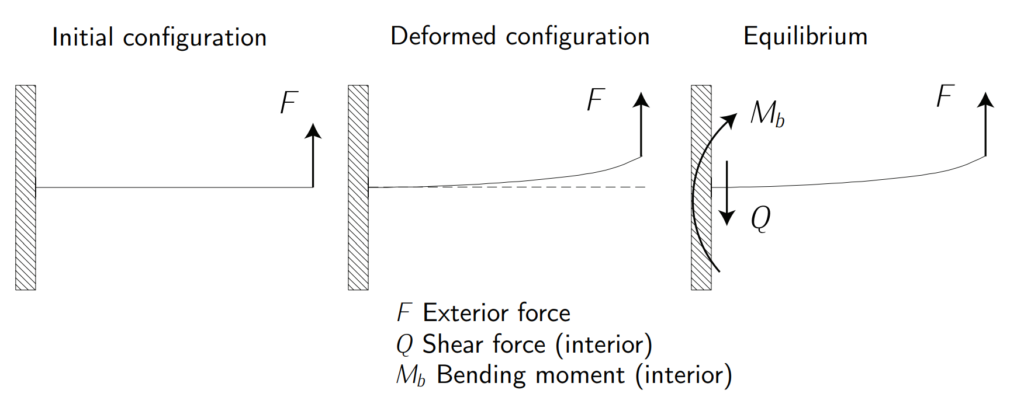
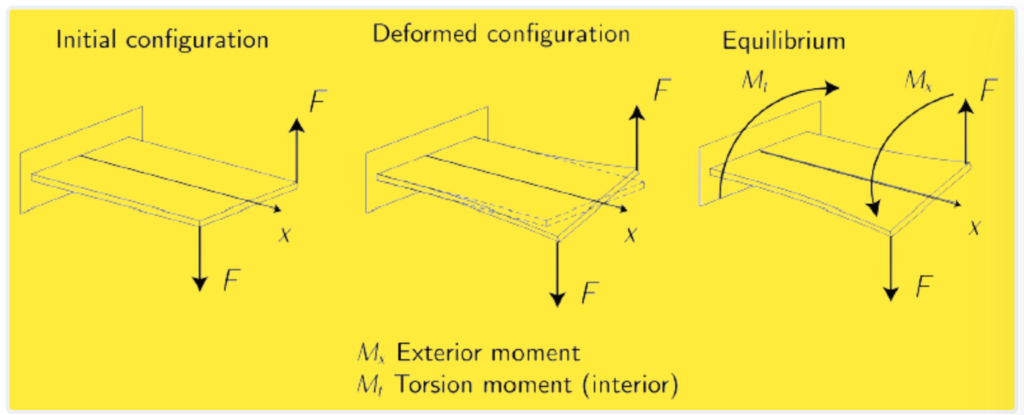

Strain, denoted by ε, represents the proportional deformation within a material resulting from an applied stress. It is impossible for a material to experience stress without undergoing strain. For elastic deformation, which occurs below the elastic limit, Hooke’s law governs the relationship between stress and strain: σ = Eε. Here, E represents the modulus of Young, also known as the Young’s modulus, and it is a fundamental property of the material.

The modulus of Young quantifies the material’s stiffness, indicating how much it will deform under a given stress. Stresses within a structure must be maintained below a specified allowable level, typically defined by the elastic limit denoted by σy. Exceeding this limit can lead to permanent deformation or structural failure.
It is important for designers and engineers to ensure that the structural elements of an aircraft are designed to withstand anticipated loads while keeping stresses below the elastic limit. This ensures the safety, reliability, and longevity of the aircraft’s structural components.
